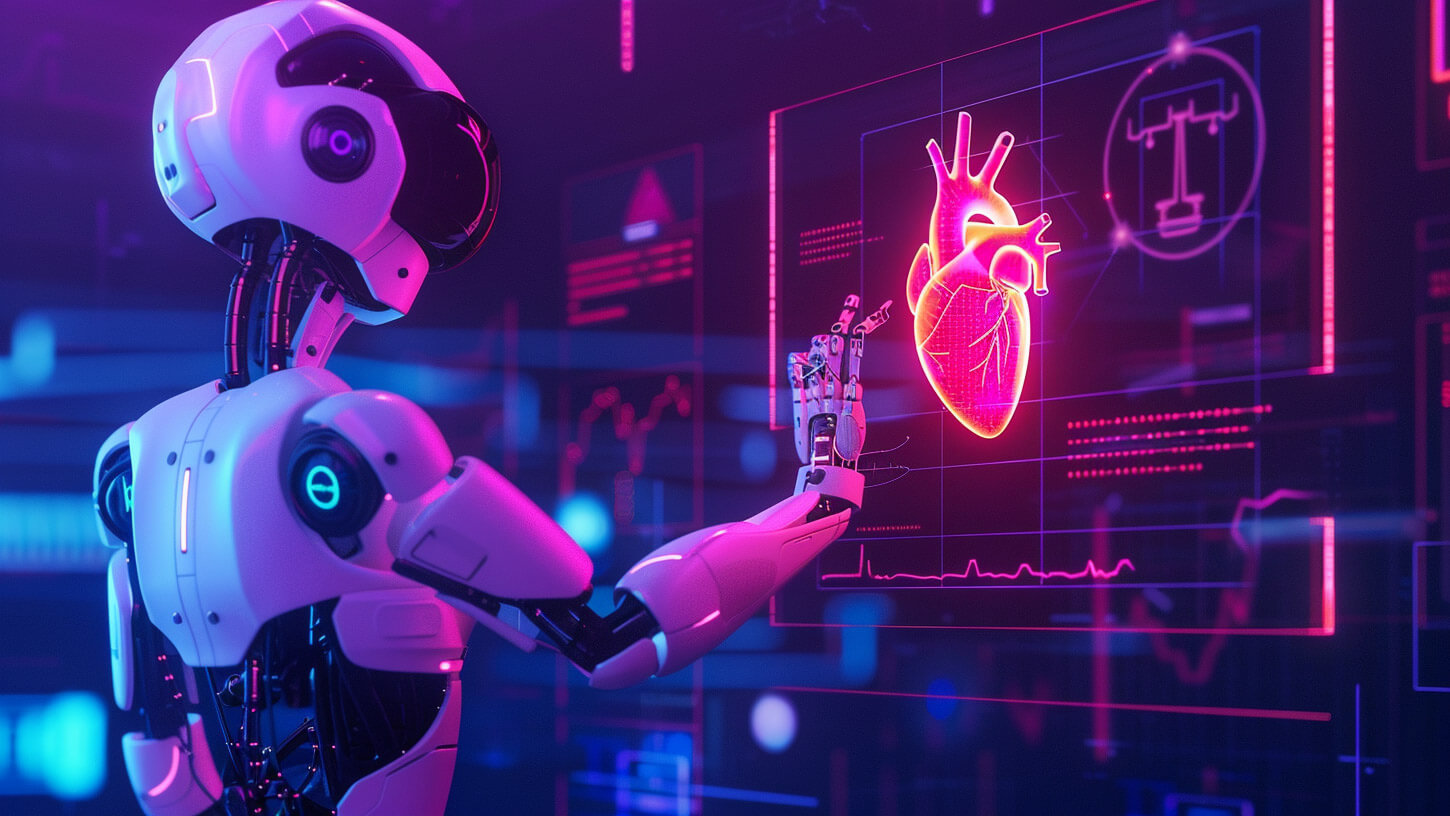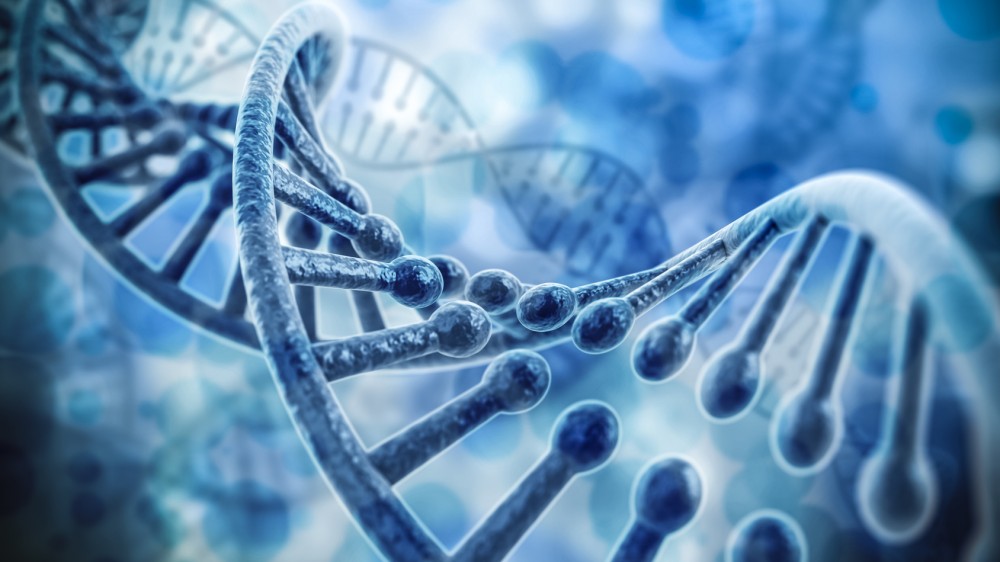Advances in artificial intelligence are significantly transforming healthcare, with AI-enhanced medical imaging at the forefront. By integrating AI into radiology, hospitals and clinics can achieve faster, more accurate diagnoses, enabling better treatment decisions and improving patient outcomes. AI-powered imaging tools are especially promising in complex areas like cancer detection, cardiovascular health, and neurological conditions. This article delves into how AI is reshaping diagnostic imaging, offering unprecedented accuracy and reliability in early disease detection.
Understanding AI in Diagnostic Radiology
AI in diagnostic radiology uses algorithms, often powered by deep learning and machine learning, to analyze medical images with exceptional precision. Unlike traditional imaging, which relies heavily on the interpretation skills of radiologists, AI-enhanced imaging augments this expertise by identifying patterns and anomalies that may be difficult to detect manually.
The Impact of AI on Imaging Accuracy
-
Enhanced Pattern Recognition for Early Detection AI-enhanced imaging systems excel at pattern recognition, enabling early detection of conditions like tumors, fractures, and vascular anomalies. For instance, in cancer detection imaging, AI algorithms can analyze minute differences in tissue density that might otherwise go unnoticed.
-
Reduction in Diagnostic Errors Diagnostic errors can lead to incorrect treatments or missed early interventions. AI reduces such errors by cross-referencing millions of data points, allowing it to detect subtle irregularities and flag high-risk cases. This approach is highly beneficial in fields like oncology and neurology.
-
Accelerated Processing and Reporting Traditional imaging and diagnosis can be time-consuming, often requiring multiple steps. AI-powered imaging tools streamline this process, providing immediate analysis and results that enable faster reporting. This efficiency is particularly valuable in emergency settings where rapid diagnosis is critical.
Key AI Technologies in Medical Imaging
Several AI technologies are driving improvements in diagnostic imaging, from machine learning algorithms to natural language processing (NLP) and image segmentation tools.
-
Machine Learning in Radiology: Machine learning enables radiology systems to learn from past cases, improving their diagnostic accuracy over time. By using large datasets of historical imaging records, machine learning models can identify complex patterns and make predictions with minimal human intervention.
-
Image Segmentation and Analysis: AI uses segmentation to isolate regions of interest, such as tumors or lesions. This technology is essential in creating high-resolution images that allow for detailed examination.
-
NLP in Radiology Reports: Natural language processing helps in interpreting radiology reports and extracting key insights. It can also assist in clinical data management by automatically categorizing and archiving reports based on findings, making it easier to review historical data for patient follow-up.
Applications of AI-Enhanced Imaging in Specific Areas
1. Cancer Detection Imaging
One of the most promising applications of AI-enhanced imaging is in oncology. AI algorithms can detect early signs of cancer by analyzing images for patterns indicative of malignancy. This capability is critical for early detection and timely intervention, significantly improving survival rates for many cancers.
- Case Study: A leading cancer center incorporated AI-enhanced imaging to detect early-stage lung cancer. The system was able to identify tiny nodules with a high degree of accuracy, leading to earlier diagnoses and improved treatment outcomes.
2. Cardiovascular Imaging
AI enhances cardiovascular imaging by providing detailed insights into blood flow, vessel condition, and heart functionality. Through automated image segmentation and data analysis, AI helps in detecting cardiovascular issues like coronary artery disease or arrhythmias.
- Impact: Faster, more accurate cardiovascular imaging allows for timely interventions, potentially reducing the risk of heart attacks and other complications.
3. Neurological Imaging
AI in neurological imaging can identify markers for diseases like Alzheimer’s, Parkinson’s, and multiple sclerosis. With deep learning algorithms, AI systems can recognize structural and functional changes in the brain, facilitating early intervention.
- Patient Benefits: By identifying neurological changes early, patients have a greater opportunity for preventive care, which can slow disease progression and improve quality of life.
The Role of AI in Clinical Data Management
Effective clinical data management is essential for maximizing the benefits of AI in diagnostic imaging. Clinical data management involves the systematic collection, storage, and analysis of medical information, which AI systems rely on to make accurate assessments. By integrating clinical data management with imaging data, healthcare providers can build comprehensive patient profiles, allowing for more precise diagnoses.
In addition to managing imaging results, AI systems can also interpret data from various sources, including medical records, lab results, and Medical AI Chatbot that gather patient-reported data. This holistic approach to data management helps radiologists and doctors make informed decisions based on a complete view of the patient’s health.
AI in Radiology: From Medical Scribe Support to Imaging

The role of what is a medical scribe has evolved in the AI era. Traditionally, medical scribes document patient interactions and assist physicians by entering data into electronic health records (EHRs). With AI, scribes are now supported by advanced tools that automate portions of their work, especially in radiology departments.
AI-powered scribe tools help radiologists manage data more efficiently, reducing the time spent on documentation and allowing them to focus more on patient care. In complex cases where multiple imaging studies are required, AI can streamline the reporting and tracking of findings, ensuring accuracy in clinical data management and minimizing the potential for oversight.
AI-Powered Diagnostic Tools and Patient Outcomes
The application of AI-powered diagnostic tools in imaging has a direct impact on patient outcomes. By ensuring early and accurate diagnoses, AI-enhanced imaging plays a crucial role in improving prognosis for various conditions. Here are a few ways AI has contributed to better patient outcomes:
- Increased Diagnostic Speed: AI reduces the time required for diagnosis, enabling faster intervention in critical cases.
- Enhanced Precision: Algorithms detect subtleties that might be missed by human interpretation alone, increasing diagnostic accuracy.
- Improved Accessibility: AI tools make high-quality diagnostics available even in resource-limited settings, where radiologists may not be readily accessible.
Challenges and Considerations in AI-Enhanced Imaging
While AI brings numerous advantages to medical imaging, several challenges remain:
-
Data Privacy and Security: Ensuring patient data protection is paramount. AI systems must comply with regulatory standards for data security and patient privacy.
-
Interpretation and Reliability: Despite its high accuracy, AI is not infallible. It requires human oversight, particularly in complex cases, to ensure interpretations align with clinical insights.
-
Integration with Existing Systems: Incorporating AI into current hospital infrastructure can be complex, requiring significant investments in technology and training.
Case Studies: AI-Enhanced Imaging in Action
Case Study 1: AI in Breast Cancer Detection
A healthcare facility implemented AI-enhanced imaging for breast cancer screening, aiming to reduce diagnostic time and improve accuracy. The AI system, trained on thousands of mammograms, was able to detect early-stage tumors more reliably than traditional imaging techniques. This led to a 15% improvement in early diagnosis rates.
Case Study 2: AI for Stroke Diagnosis in Emergency Rooms
An emergency department used AI imaging to identify stroke symptoms. The AI system analyzed CT scans within minutes, flagging cases that required immediate attention. By reducing diagnosis time, the hospital was able to provide quicker treatment, significantly improving patient outcomes.
User Experience with AI in Imaging
Patients and healthcare providers alike benefit from the accuracy and speed of AI-enhanced imaging. Patients experience faster diagnosis and treatment, while radiologists and technicians find AI support helpful in managing workloads. Patients have reported feeling more assured when they know their imaging results have been reviewed with AI assistance, given the technology’s accuracy.
For clinicians, AI tools also alleviate the repetitive aspects of clinical data management, allowing more time for direct patient care and decision-making. Additionally, healthcare staff working with AI-powered imaging systems feel better equipped to handle complex cases, as they can rely on AI’s insights for added assurance.
User Experience: AI in Diagnostic Imaging
Clinicians using AI-enhanced imaging report greater confidence in their diagnostic abilities due to AI’s precision. Patients, on the other hand, benefit from faster diagnoses and personalized treatment planning. Many patients appreciate the technology’s role in achieving more accurate results, enhancing their trust in healthcare providers.
Conclusion
AI-enhanced medical imaging is setting new standards in diagnostic accuracy, efficiency, and accessibility. From oncology to cardiology and neurology, AI’s application in imaging enables healthcare providers to make faster, more precise diagnoses, improving patient outcomes across various fields. As AI continues to advance, its integration with clinical data management and diagnostic tools will only deepen, creating a more connected, efficient, and patient-centered healthcare system.
Hospitals and clinics implementing AI-enhanced imaging solutions find that it optimizes workflows, reduces diagnostic errors, and supports continuous medical education. The future of medical imaging is undeniably tied to AI, promising a healthcare landscape where early, accurate diagnosis becomes the norm rather than the exception.
FAQs on AI-Enhanced Imaging in Healthcare
How does AI improve diagnostic accuracy in medical imaging?
AI improves diagnostic accuracy by using machine learning to detect patterns and anomalies in medical images that may be difficult for humans to see, particularly in early disease stages.
What are the benefits of AI-enhanced imaging for early disease detection?
AI-enhanced imaging enables early detection of conditions like cancer and cardiovascular disease by analyzing detailed imaging data quickly and accurately, leading to timely interventions.
What is a medical scribe’s role in radiology, and how does AI support it?
A medical scribe records clinical interactions, ensuring accurate patient documentation. In radiology, AI supports medical scribes by automating data entry tasks, thus enhancing clinical data management and reducing errors.
How are Medical AI Chatbots used in imaging departments?
Medical AI Chatbots assist patients by answering questions, preparing them for imaging procedures, and offering post-procedure guidance, thereby improving patient experience and engagement.
How does AI support clinical data management in imaging?
AI automates data collection and analysis, organizing imaging results in a way that enhances clinical data management. This streamlines patient information flow, supporting better care coordination across healthcare teams.





